Home>Furniture & Design>Bathroom Accessories>What Is The Best Caulk To Use On A Bathtub
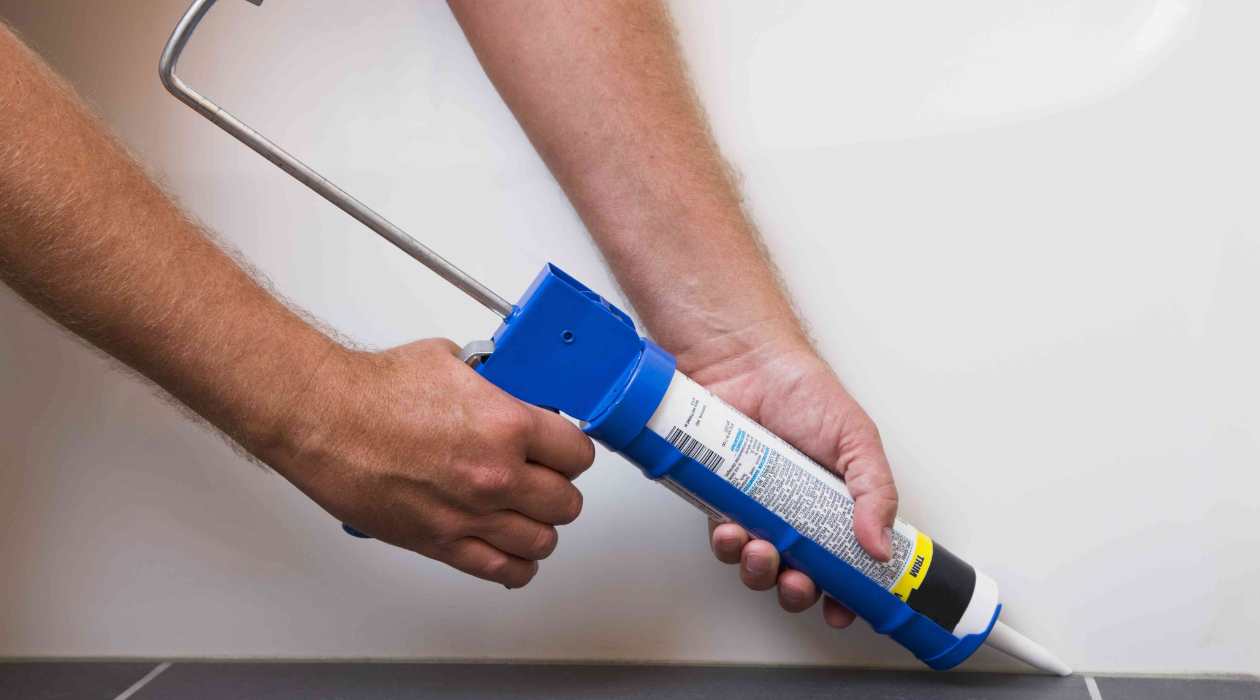

Bathroom Accessories
What Is The Best Caulk To Use On A Bathtub
Modified: March 2, 2024
Find the best caulk for your bathtub with our expert guide. Explore top bathroom accessories and learn how to achieve a professional finish.
(Many of the links in this article redirect to a specific reviewed product. Your purchase of these products through affiliate links helps to generate commission for Storables.com, at no extra cost. Learn more)
Introduction
When it comes to maintaining a pristine and functional bathroom, choosing the right caulk for your bathtub is crucial. Caulk plays a vital role in sealing gaps and preventing water damage, ultimately contributing to the longevity of your bathtub and the overall aesthetic appeal of your bathroom. With a myriad of caulk options available in the market, selecting the best one for your bathtub can be a daunting task. However, understanding the different types of caulk and the key factors to consider can simplify this decision-making process.
In this comprehensive guide, we will delve into the various types of caulk commonly used for bathtubs, including silicone caulk, acrylic caulk, latex caulk, and polyurethane caulk. Each type possesses unique characteristics and advantages, making it essential to weigh the pros and cons based on your specific needs. Furthermore, we will explore the critical factors to consider when choosing caulk for your bathtub, such as durability, flexibility, waterproofing, mold and mildew resistance, as well as ease of application and clean-up.
By the end of this article, you will have a clear understanding of the different caulk options available for your bathtub, empowering you to make an informed decision that aligns with your preferences and requirements. Whether you are embarking on a bathroom renovation project or simply seeking to address minor caulking issues, this guide will equip you with the knowledge needed to select the best caulk for your bathtub, ensuring a watertight seal and a polished finish.
Let's embark on this journey to unravel the world of bathtub caulk, empowering you to make confident and well-informed choices for your bathroom maintenance and improvement needs.
Key Takeaways:
- Choose silicone caulk for your bathtub for exceptional water resistance, flexibility, and mold resistance. It’s perfect for maintaining a pristine and long-lasting seal in high-moisture bathroom environments.
- Prioritize durability, flexibility, waterproofing, and mold resistance when selecting caulk for your bathtub. These factors ensure a secure, long-lasting seal that protects your bathtub from water damage and maintains a visually appealing bathroom space.
Read more: What Caulk To Use On A Bathtub
Types of Caulk for Bathtubs
When it comes to caulking your bathtub, it's essential to understand the different types of caulk available and their unique properties. Each type of caulk offers distinct advantages and is suitable for specific applications. Here are the most common types of caulk used for bathtubs:
Silicone Caulk
Silicone caulk is a popular choice for sealing bathtubs due to its exceptional durability and flexibility. It adheres well to various surfaces, including ceramic, glass, and metal, making it ideal for sealing joints and seams in the bathroom. One of the key benefits of silicone caulk is its water-resistant properties, which effectively prevent water from seeping into the gaps and causing damage. Additionally, silicone caulk is known for its long-lasting elasticity, allowing it to withstand frequent temperature changes without cracking or shrinking. This type of caulk is also resistant to mold and mildew, making it a reliable option for humid bathroom environments.
Acrylic Caulk
Acrylic caulk is another popular choice for bathtub sealing. It is easy to apply and clean up, making it a convenient option for DIY enthusiasts. Acrylic caulk is paintable, allowing you to seamlessly blend it with the surrounding surfaces for a polished look. While acrylic caulk offers good adhesion and flexibility, it is important to note that it may not be as durable as silicone caulk in wet environments. Therefore, it is essential to assess the level of moisture and humidity in your bathroom before opting for acrylic caulk.
Latex Caulk
Latex caulk, also known as acrylic latex caulk, is a versatile option for sealing bathtubs. It is easy to work with and provides a flexible seal that can accommodate the natural movement of the bathtub and surrounding surfaces. Latex caulk is suitable for both indoor and outdoor applications, making it a practical choice for sealing joints and gaps in the bathroom. However, similar to acrylic caulk, its performance in wet environments should be carefully considered, especially in areas prone to frequent water exposure.
Read more: What Type Of Caulk For Bathtub
Polyurethane Caulk
Polyurethane caulk is renowned for its exceptional durability and waterproofing properties, making it a reliable choice for sealing bathtubs. It offers superior adhesion and flexibility, ensuring a long-lasting and watertight seal. Polyurethane caulk is resistant to moisture, making it suitable for high-humidity areas such as bathrooms. While it may require more effort during application and clean-up compared to other types of caulk, its robust performance and longevity make it a compelling option for bathtub sealing.
Understanding the characteristics and applications of these different types of caulk is essential for making an informed decision when caulking your bathtub. Each type offers unique benefits, and selecting the most suitable caulk for your specific needs will contribute to the overall integrity and aesthetics of your bathroom.
Silicone Caulk
Silicone caulk stands out as a top choice for sealing bathtubs due to its exceptional properties that address the specific challenges of bathroom environments. This type of caulk is formulated with silicone polymers, imparting it with remarkable durability and flexibility. When applied to bathtub joints and seams, silicone caulk creates a resilient barrier that effectively prevents water infiltration, ultimately safeguarding the structural integrity of the bathtub and surrounding surfaces.
One of the key advantages of silicone caulk is its superior water resistance. Bathrooms are inherently high-moisture areas, and the constant exposure to water makes them susceptible to damage if not properly sealed. Silicone caulk excels in this regard, forming a watertight seal that effectively repels moisture, preventing it from seeping into the gaps and causing potential issues such as mold growth and water damage.
In addition to its water-resistant properties, silicone caulk exhibits exceptional elasticity, allowing it to accommodate the natural movement and settling of the bathtub and adjacent surfaces. This flexibility is crucial, especially in environments where temperature and humidity fluctuations are common. Silicone caulk can withstand these variations without cracking or shrinking, ensuring a long-lasting seal that remains intact over time.
Furthermore, silicone caulk is highly resistant to mold and mildew, making it an ideal choice for humid bathroom settings. The anti-microbial properties of silicone caulk inhibit the growth of mold and mildew, contributing to a cleaner and healthier bathroom environment. This not only enhances the longevity of the caulk but also reduces the need for frequent maintenance and recaulking.
When it comes to application, silicone caulk adheres well to a variety of surfaces commonly found in bathrooms, including ceramic, glass, and metal. Its strong adhesion ensures a secure bond, providing reliable protection against water intrusion. Moreover, silicone caulk is available in a range of colors, allowing for seamless integration with the existing aesthetic of the bathtub and surrounding tiles.
In summary, silicone caulk is a standout choice for sealing bathtubs, offering exceptional water resistance, flexibility, and mold resistance. Its robust performance in high-moisture environments makes it a reliable solution for maintaining the integrity and appearance of your bathtub, providing long-term protection against water damage and ensuring a pristine bathroom space.
Acrylic Caulk
Acrylic caulk is a versatile and popular option for sealing bathtubs, offering a range of benefits that cater to the specific requirements of bathroom applications. Composed of acrylic polymers, this type of caulk is known for its ease of application and convenient clean-up, making it a preferred choice for DIY enthusiasts and professional contractors alike.
One of the key advantages of acrylic caulk is its paintable nature, allowing for seamless integration with the surrounding surfaces. This feature enables homeowners to achieve a cohesive and polished look in their bathrooms, as the caulk can be painted to match the color scheme of the bathtub and tiles. This versatility in aesthetics makes acrylic caulk a desirable option for those seeking a customized and visually appealing finish.
In addition to its paintable properties, acrylic caulk offers good adhesion and flexibility, effectively sealing joints and gaps in the bathtub area. Its ability to accommodate the natural movement of the bathtub and adjacent surfaces is essential for maintaining a durable and long-lasting seal. However, it is important to consider the level of moisture and humidity in the bathroom, as acrylic caulk may not exhibit the same level of water resistance as silicone or polyurethane caulk in high-moisture environments.
Furthermore, acrylic caulk is relatively easy to work with, making it suitable for various sealing and caulking projects in the bathroom. Its smooth application and simple clean-up process contribute to a hassle-free experience for individuals undertaking DIY caulking tasks. This user-friendly nature of acrylic caulk enhances its accessibility and appeal to homeowners looking to address minor caulking needs without extensive professional assistance.
While acrylic caulk offers several advantages, it is essential to assess its suitability based on the specific conditions of the bathroom. Areas prone to frequent water exposure and high humidity levels may require a caulk with enhanced water resistance and mold resistance. Therefore, homeowners should carefully evaluate the environmental factors in their bathrooms before opting for acrylic caulk to ensure optimal performance and longevity.
In summary, acrylic caulk presents a convenient and versatile option for sealing bathtubs, offering paintable properties, good adhesion, and ease of application. Its suitability for various DIY projects and the ability to seamlessly blend with the bathroom's aesthetic make it a practical choice for individuals seeking a customizable and straightforward caulking solution.
Latex Caulk
Latex caulk, also known as acrylic latex caulk, is a versatile and practical option for sealing bathtubs, offering a range of benefits that cater to the specific requirements of bathroom applications. Composed of acrylic polymers and latex, this type of caulk is known for its ease of application and its ability to provide a flexible and durable seal in the bathroom environment.
One of the key advantages of latex caulk is its versatility and ease of use. It is a popular choice for both indoor and outdoor applications, making it suitable for sealing joints and gaps in the bathroom. Its flexibility allows it to accommodate the natural movement of the bathtub and surrounding surfaces, ensuring a durable and long-lasting seal. This characteristic is crucial for maintaining the integrity of the caulk in environments where temperature and humidity fluctuations are common.
Furthermore, latex caulk is relatively easy to work with, making it suitable for various sealing and caulking projects in the bathroom. Its smooth application and simple clean-up process contribute to a hassle-free experience for individuals undertaking DIY caulking tasks. This user-friendly nature of latex caulk enhances its accessibility and appeal to homeowners looking to address minor caulking needs without extensive professional assistance.
While latex caulk offers several advantages, it is important to consider its performance in wet environments. Although it provides a flexible seal, its water resistance may not be as robust as silicone or polyurethane caulk in high-moisture areas. Therefore, homeowners should carefully assess the level of moisture and humidity in their bathrooms before opting for latex caulk to ensure optimal performance and longevity.
In summary, latex caulk presents a practical and versatile option for sealing bathtubs, offering ease of application, flexibility, and suitability for various indoor and outdoor applications. Its ability to provide a durable and resilient seal makes it a compelling choice for individuals seeking a straightforward and reliable caulking solution for their bathroom maintenance needs.
Read more: How To Caulk Around Bathtub
Polyurethane Caulk
Polyurethane caulk is a highly regarded option for sealing bathtubs, renowned for its exceptional durability and waterproofing properties. Composed of polyurethane polymers, this type of caulk offers a robust solution for addressing the specific challenges posed by high-moisture environments in bathrooms.
One of the standout features of polyurethane caulk is its remarkable durability. When applied to bathtub joints and seams, polyurethane caulk forms a resilient and long-lasting seal that effectively withstands the rigors of frequent water exposure and temperature fluctuations. This durability ensures that the caulk maintains its integrity over time, providing reliable protection against water intrusion and contributing to the overall longevity of the bathtub and surrounding surfaces.
In addition to its durability, polyurethane caulk excels in waterproofing, making it an ideal choice for sealing bathtubs in high-moisture areas. Its superior water resistance prevents moisture from penetrating the gaps and joints, mitigating the risk of water damage and mold growth. This feature is particularly crucial in bathrooms, where consistent exposure to water necessitates a caulk that can effectively repel moisture and maintain a watertight seal.
Furthermore, polyurethane caulk offers exceptional adhesion and flexibility, ensuring a secure bond and the ability to accommodate the natural movement of the bathtub and adjacent surfaces. This flexibility is essential for withstanding the expansion and contraction that occurs due to temperature and humidity variations, ultimately preventing the caulk from cracking or deteriorating over time.
While polyurethane caulk offers unparalleled durability and waterproofing, it is important to note that its application and clean-up may require more effort compared to other types of caulk. However, the benefits of its robust performance and longevity outweigh the additional considerations involved in the application process.
In summary, polyurethane caulk stands out as a top-tier option for sealing bathtubs, offering exceptional durability, waterproofing, and flexibility. Its ability to withstand the demanding conditions of high-moisture environments makes it a reliable and long-lasting solution for maintaining the integrity and functionality of your bathtub, ensuring a secure and watertight seal that enhances the overall quality of your bathroom space.
Factors to Consider When Choosing Caulk
When selecting the most suitable caulk for your bathtub, several crucial factors should be taken into account to ensure optimal performance and longevity. Understanding these factors will empower you to make an informed decision that aligns with your specific needs and the environmental conditions of your bathroom.
Durability
The durability of the caulk is a fundamental consideration, especially in high-moisture environments such as bathrooms. A durable caulk will withstand the constant exposure to water, cleaning agents, and temperature variations without deteriorating or losing its effectiveness. Assessing the expected lifespan of the caulk and its ability to maintain a secure seal over time is essential for preserving the integrity of your bathtub and preventing water damage.
Flexibility
The flexibility of the caulk is crucial for accommodating the natural movement of the bathtub and surrounding surfaces. As the bathroom undergoes temperature fluctuations and settling, the caulk should be able to expand and contract without cracking or breaking. A flexible caulk ensures that the seal remains intact, preventing water infiltration and maintaining the overall stability of the bathtub installation.
Read more: How To Do Caulking In The Bathtub
Waterproofing
Effective waterproofing is paramount when choosing caulk for your bathtub. The caulk should create a watertight seal that prevents moisture from seeping into the joints and seams, ultimately safeguarding the structural integrity of the bathtub and surrounding surfaces. Assessing the water resistance of the caulk and its ability to repel moisture in high-humidity environments is essential for mitigating the risk of water damage and mold growth.
Mold and Mildew Resistance
In humid bathroom environments, the caulk should exhibit resistance to mold and mildew growth. Mold-resistant caulk inhibits the proliferation of mold and mildew, contributing to a cleaner and healthier bathroom space. By preventing the formation of mold, the caulk maintains its appearance and functionality while reducing the need for frequent maintenance and recaulking.
Ease of Application and Clean Up
The ease of application and clean-up process is a practical consideration, particularly for individuals undertaking DIY caulking projects. A caulk that is easy to apply and requires minimal effort for clean-up enhances the overall user experience, making the caulking process more accessible and efficient. Additionally, considering the compatibility of the caulk with paint and its ability to seamlessly blend with the surrounding surfaces can contribute to a polished and visually appealing finish.
By carefully evaluating these factors, you can make a well-informed decision when choosing caulk for your bathtub, ensuring that the selected caulk aligns with the specific requirements of your bathroom and contributes to a durable, watertight, and visually appealing seal.
Durability
Durability is a critical factor to consider when selecting caulk for your bathtub, especially in high-moisture environments where the constant exposure to water and cleaning agents can challenge the longevity of the seal. A durable caulk not only withstands the rigors of daily use but also maintains its effectiveness over an extended period, contributing to the overall integrity and functionality of the bathtub installation.
When assessing the durability of caulk, it is essential to consider its ability to resist degradation and maintain a secure seal over time. High-quality caulks, such as silicone and polyurethane variants, are formulated to withstand the harsh conditions prevalent in bathrooms, including moisture, temperature fluctuations, and frequent cleaning. These caulks exhibit exceptional resilience, ensuring that the seal remains intact and effective, even in the face of continuous exposure to water and humidity.
Furthermore, the durability of caulk directly impacts the prevention of water damage, mold growth, and structural deterioration. A durable caulk acts as a protective barrier, sealing the joints and seams of the bathtub to prevent water infiltration. This not only safeguards the structural integrity of the bathtub and surrounding surfaces but also mitigates the risk of costly repairs due to water-related issues.
In addition to withstanding moisture, a durable caulk should exhibit resistance to cracking, shrinking, and crumbling. These characteristics are particularly crucial in environments where temperature differentials and settling can exert stress on the caulk. A durable caulk maintains its flexibility and structural integrity, adapting to the natural movements of the bathtub and adjacent surfaces without compromising the seal.
Ultimately, the durability of the chosen caulk directly impacts the longevity of the seal, reducing the frequency of maintenance and recaulking. By selecting a durable caulk, homeowners can have confidence in the long-term protection and functionality of their bathtub, ensuring a secure and reliable seal that enhances the overall quality of their bathroom space.
Read more: How To Replace Bathtub Caulking
Flexibility
Flexibility is a crucial attribute to consider when choosing caulk for your bathtub. In the dynamic environment of a bathroom, the caulk must be able to accommodate the natural movement and settling of the bathtub and surrounding surfaces without compromising the integrity of the seal. The flexibility of the caulk directly impacts its ability to withstand temperature fluctuations, structural shifts, and the stresses imposed by regular use, ultimately contributing to the longevity and effectiveness of the seal.
A flexible caulk adapts to the expansion and contraction that occurs as a result of temperature differentials, particularly in environments where hot showers and baths are common. This adaptability ensures that the caulk remains intact and secure, preventing the formation of gaps or cracks that could lead to water infiltration and subsequent damage. By maintaining a consistent seal despite the variations in temperature, a flexible caulk provides reliable protection for the bathtub installation, reducing the risk of structural issues and preserving the overall aesthetics of the bathroom.
Furthermore, the flexibility of the caulk is essential for accommodating the settling of the bathtub and the natural movements of the building structure. Over time, buildings undergo subtle shifts and adjustments, which can exert stress on the caulk if it lacks flexibility. A flexible caulk mitigates the impact of these movements, ensuring that the seal remains resilient and intact, even as the surrounding surfaces undergo changes.
In addition to its role in adapting to environmental and structural factors, the flexibility of the caulk contributes to its overall durability. A flexible caulk is less prone to cracking, shrinking, or becoming brittle, characteristics that can compromise the effectiveness of the seal. By maintaining its flexibility, the caulk sustains its ability to provide a watertight barrier, preventing water from seeping into the joints and seams of the bathtub.
Ultimately, selecting a caulk with the right level of flexibility is essential for ensuring a secure and long-lasting seal for your bathtub. By prioritizing flexibility, homeowners can have confidence in the resilience of the caulk, knowing that it can effectively adapt to the demands of the bathroom environment and provide enduring protection for their bathtub installation.
Waterproofing
Waterproofing is a paramount consideration when selecting caulk for your bathtub, as it directly impacts the caulk's ability to create a reliable and long-lasting seal that prevents water infiltration. In the high-moisture environment of a bathroom, effective waterproofing is essential for safeguarding the structural integrity of the bathtub and surrounding surfaces, mitigating the risk of water damage, and inhibiting the growth of mold and mildew.
An ideal caulk for bathtub sealing should exhibit superior water resistance, forming a watertight barrier that prevents moisture from seeping into the joints and seams. This capability is particularly crucial in areas prone to frequent water exposure, such as around the edges of the bathtub and along the seams of tiled surfaces. Caulks with robust waterproofing properties, such as silicone and polyurethane variants, excel in repelling moisture, ensuring that the seal remains intact and effective even in the face of consistent water exposure.
Furthermore, effective waterproofing contributes to the overall longevity of the bathtub installation, reducing the risk of costly repairs due to water-related issues. By creating a durable and watertight seal, the caulk acts as a protective barrier, preventing water from infiltrating the underlying structures and causing damage over time. This not only preserves the aesthetic appeal of the bathroom but also enhances the durability and functionality of the bathtub, ensuring a secure and reliable seal that withstands the challenges posed by high-moisture environments.
In addition to preventing water damage, robust waterproofing inhibits the growth of mold and mildew, contributing to a cleaner and healthier bathroom space. By repelling moisture and creating an inhospitable environment for mold and mildew, the caulk maintains its appearance and functionality, reducing the need for frequent maintenance and recaulking. This not only simplifies the upkeep of the bathtub but also enhances the overall hygiene and cleanliness of the bathroom, creating a more pleasant and inviting environment for homeowners and their guests.
Ultimately, prioritizing waterproofing when choosing caulk for your bathtub ensures that the selected caulk effectively repels moisture, maintains a durable and watertight seal, and contributes to a cleaner and healthier bathroom space. By emphasizing waterproofing, homeowners can have confidence in the long-term protection and functionality of their bathtub, ensuring a secure and reliable seal that enhances the overall quality of their bathroom space.
Mold and Mildew Resistance
Mold and mildew are common concerns in humid environments, particularly in bathrooms where moisture levels are consistently high. When selecting caulk for your bathtub, prioritizing mold and mildew resistance is essential for maintaining a clean, hygienic, and visually appealing bathroom space.
Caulks with robust mold and mildew resistance properties inhibit the growth of these unsightly and potentially harmful microorganisms, contributing to a healthier and more pleasant bathroom environment. By creating an inhospitable environment for mold and mildew, the caulk not only preserves its appearance and functionality but also reduces the need for frequent maintenance and recaulking.
Silicone and polyurethane caulks are known for their exceptional mold and mildew resistance, making them ideal choices for sealing bathtubs in high-moisture areas. These caulks contain anti-microbial agents that actively deter the growth of mold and mildew, ensuring that the seal remains clean and free from unsightly discoloration or deterioration.
In addition to inhibiting mold and mildew growth, caulk with strong resistance properties contributes to the overall longevity of the seal. By preventing the accumulation of mold and mildew, the caulk maintains its effectiveness and structural integrity, reducing the risk of degradation and ensuring a durable and long-lasting seal for the bathtub.
Furthermore, mold and mildew-resistant caulk simplifies the maintenance of the bathtub, as it requires less frequent cleaning and upkeep. This not only saves time and effort for homeowners but also ensures that the bathtub remains in pristine condition, enhancing the overall aesthetic appeal of the bathroom.
When evaluating caulk options, homeowners should prioritize mold and mildew resistance, particularly in bathrooms where moisture levels are a primary concern. By selecting a caulk with strong anti-microbial properties, homeowners can create a cleaner, healthier, and more durable seal for their bathtub, ensuring a secure and visually appealing finish that enhances the overall quality of their bathroom space.
Look for a caulk labeled specifically for use in wet areas, such as a bathroom or bathtub. Silicone caulk is a popular choice for its durability and resistance to mold and mildew. Be sure to clean and dry the area thoroughly before applying the caulk for the best results.
Ease of Application and Clean Up
The ease of application and clean-up process is a practical consideration when selecting caulk for your bathtub, particularly for individuals undertaking DIY caulking projects. A caulk that is easy to apply and requires minimal effort for clean-up enhances the overall user experience, making the caulking process more accessible and efficient.
Caulks that offer ease of application typically exhibit smooth and consistent dispensing, allowing for precise application along the joints and seams of the bathtub. This ensures that the caulk adheres securely and uniformly, creating a seamless and professional-looking finish. Additionally, caulks with user-friendly application characteristics contribute to a more streamlined and efficient caulking process, reducing the time and effort required to achieve a satisfactory seal.
In addition to application, the clean-up process following caulk application is equally important. Caulks that facilitate easy clean-up minimize the hassle and mess associated with excess caulk, ensuring a tidy and polished result. The ability to remove excess caulk and achieve a neat finish contributes to the overall aesthetics of the bathtub seal, enhancing the visual appeal of the bathroom space.
Furthermore, considering the compatibility of the caulk with paint and its ability to seamlessly blend with the surrounding surfaces can contribute to a polished and visually appealing finish. Paintable caulks offer homeowners the flexibility to coordinate the caulk color with the existing aesthetic of the bathtub and tiles, creating a cohesive and customized look that complements the overall design of the bathroom.
Ultimately, prioritizing ease of application and clean-up when choosing caulk for your bathtub enhances the overall user experience and contributes to a professional and visually appealing finish. By selecting a caulk that offers seamless application, easy clean-up, and compatibility with paint, homeowners can achieve a polished and durable seal for their bathtub, ensuring a secure and visually appealing finish that enhances the overall quality of their bathroom space.
Read more: How To Re-Caulk A Bathtub
Conclusion
In conclusion, selecting the best caulk for your bathtub is a decision that significantly impacts the integrity, functionality, and aesthetics of your bathroom space. Each type of caulk, whether it be silicone, acrylic, latex, or polyurethane, offers unique properties and advantages that cater to specific needs and environmental conditions. Understanding the characteristics of each caulk type and considering crucial factors such as durability, flexibility, waterproofing, mold and mildew resistance, as well as ease of application and clean-up, empowers homeowners to make informed decisions that align with their preferences and requirements.
The durability of the chosen caulk directly influences its ability to withstand the challenges posed by high-moisture environments, ultimately contributing to the longevity and effectiveness of the seal. Flexible caulk accommodates the natural movement of the bathtub and surrounding surfaces, ensuring a secure and resilient seal that adapts to temperature fluctuations and structural shifts. Effective waterproofing is paramount for creating a durable and watertight seal that prevents water infiltration and safeguards the structural integrity of the bathtub. Additionally, prioritizing mold and mildew resistance contributes to a cleaner, healthier, and more visually appealing bathroom space, reducing the need for frequent maintenance and recaulking.
Furthermore, the ease of application and clean-up process enhances the overall user experience, making the caulking process more accessible and efficient. By selecting a caulk that offers seamless application, easy clean-up, and compatibility with paint, homeowners can achieve a polished and durable seal for their bathtub, ensuring a secure and visually appealing finish that enhances the overall quality of their bathroom space.
In essence, the selection of caulk for your bathtub should be guided by a comprehensive understanding of the available options and a thoughtful assessment of the specific requirements and environmental conditions in your bathroom. By prioritizing the key factors outlined in this guide, homeowners can confidently choose the best caulk for their bathtub, ensuring a secure, durable, and visually appealing seal that enhances the overall quality and functionality of their bathroom space.
Frequently Asked Questions about What Is The Best Caulk To Use On A Bathtub
Was this page helpful?
At Storables.com, we guarantee accurate and reliable information. Our content, validated by Expert Board Contributors, is crafted following stringent Editorial Policies. We're committed to providing you with well-researched, expert-backed insights for all your informational needs.
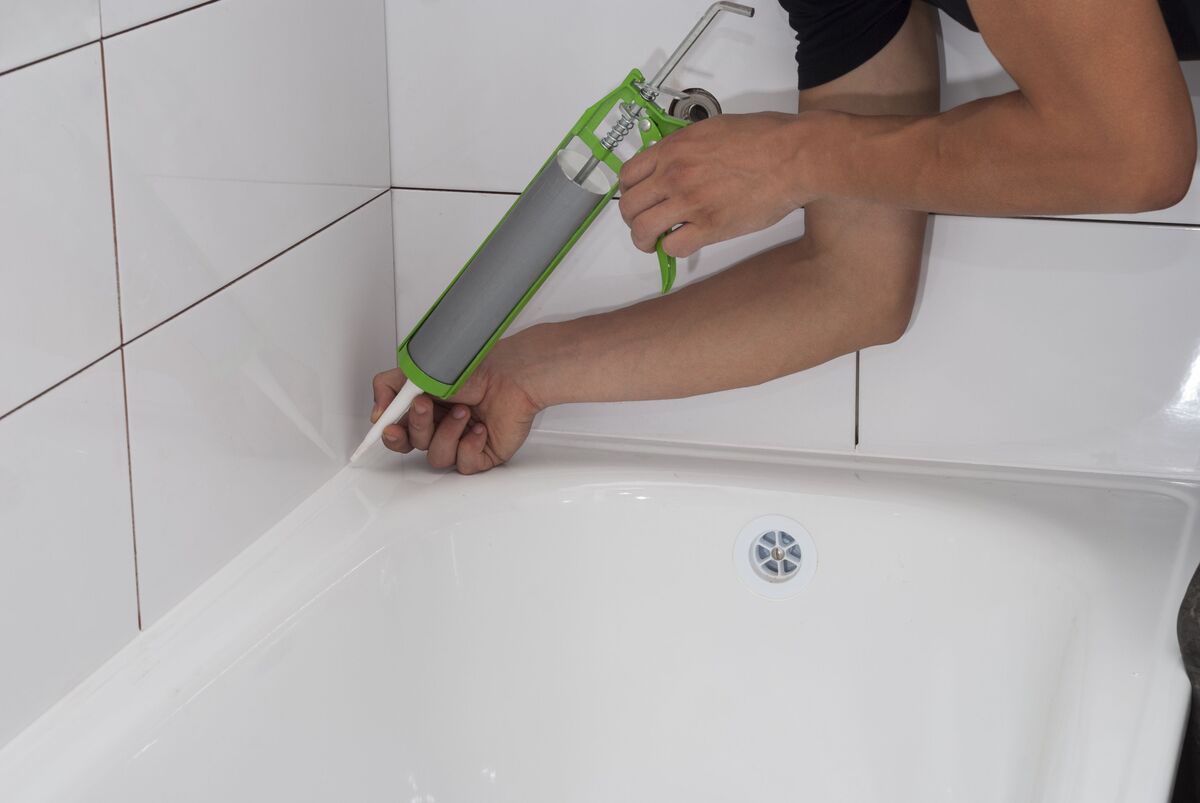
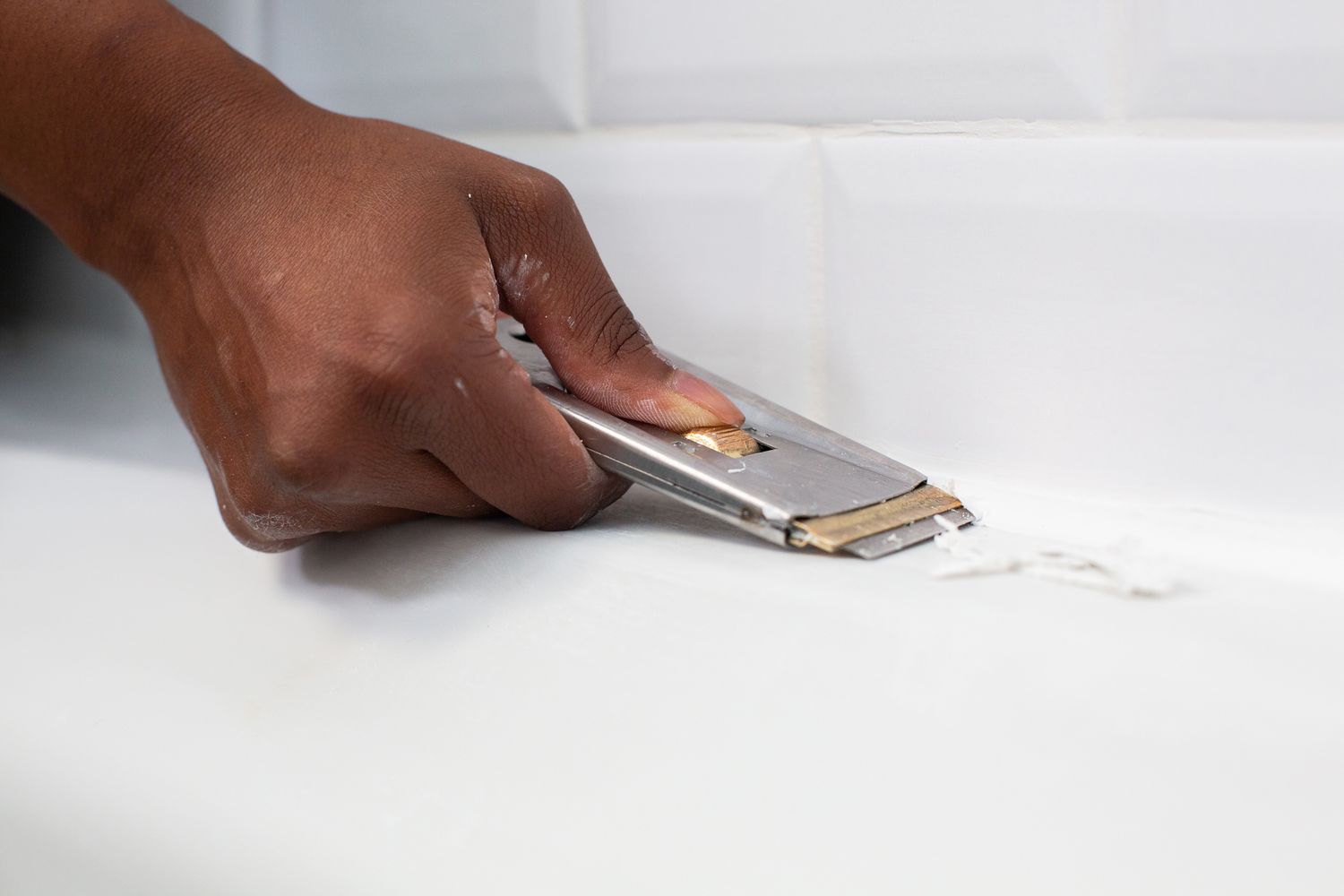
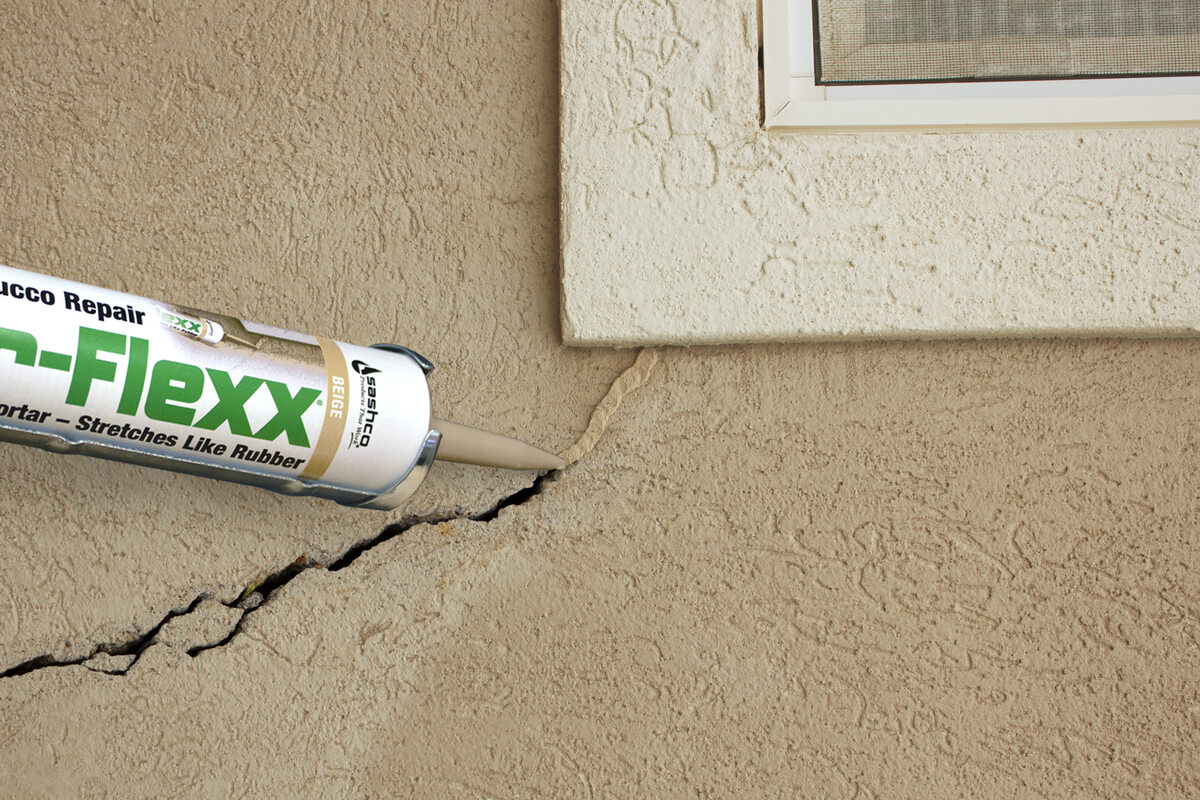
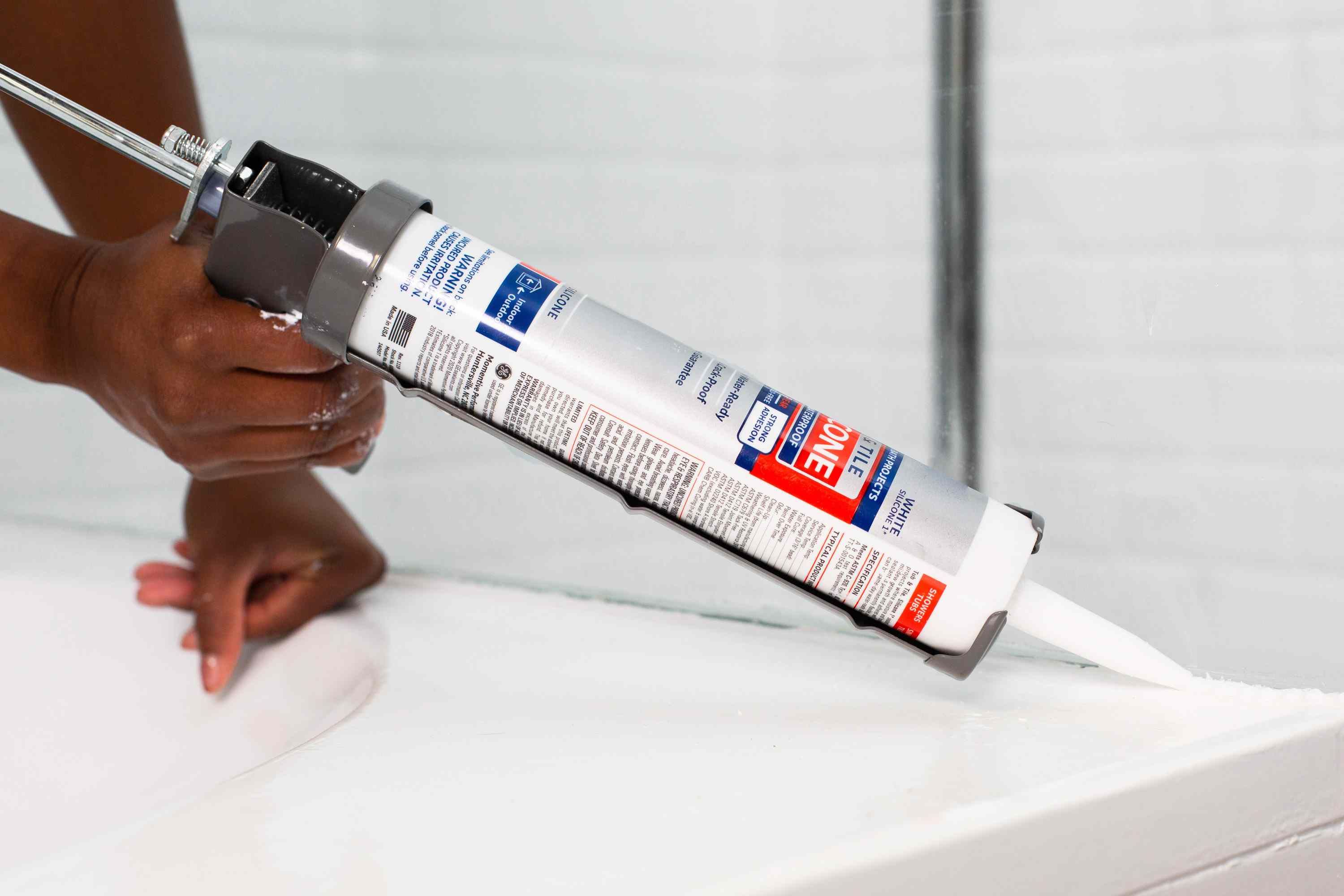
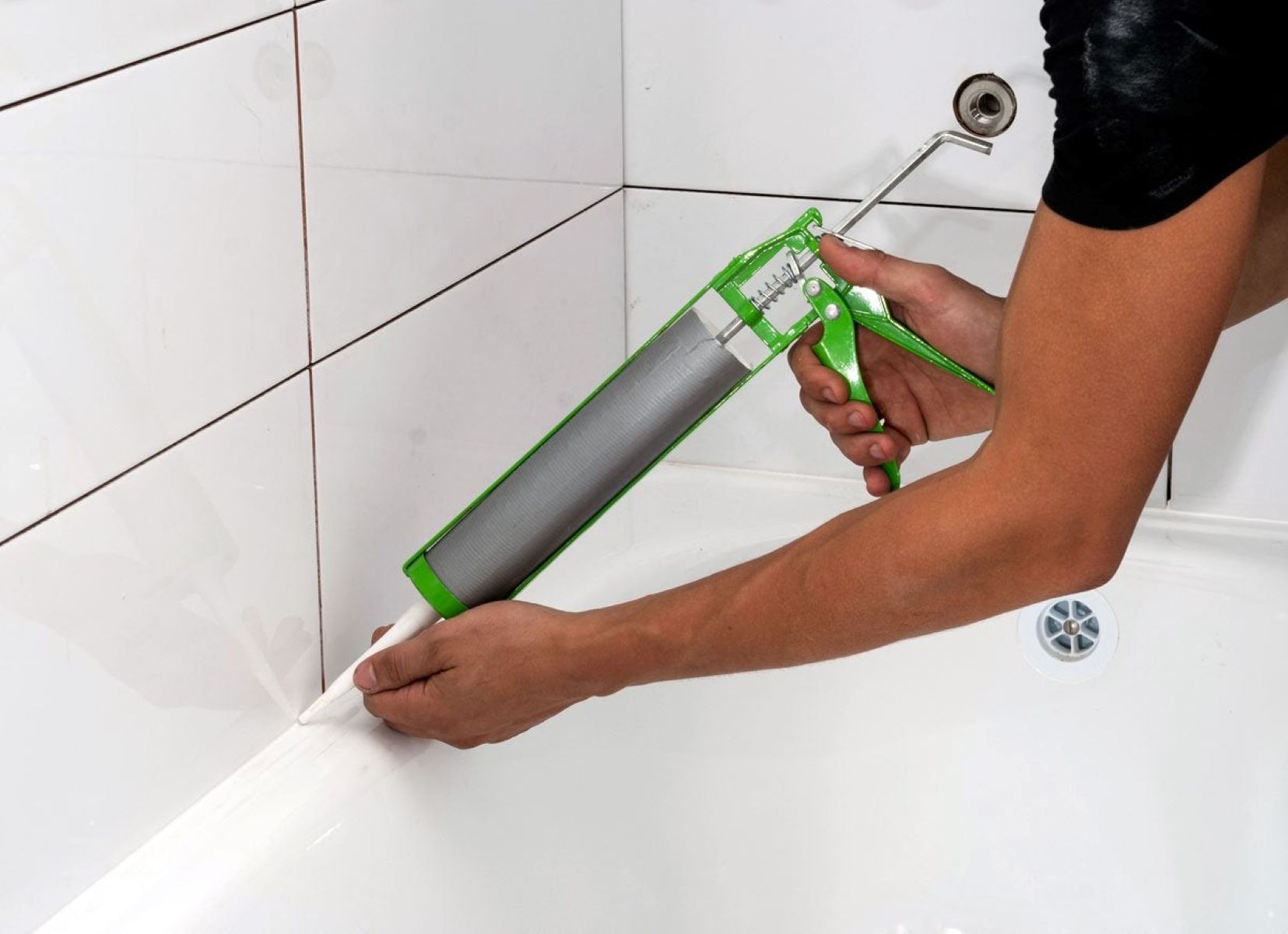
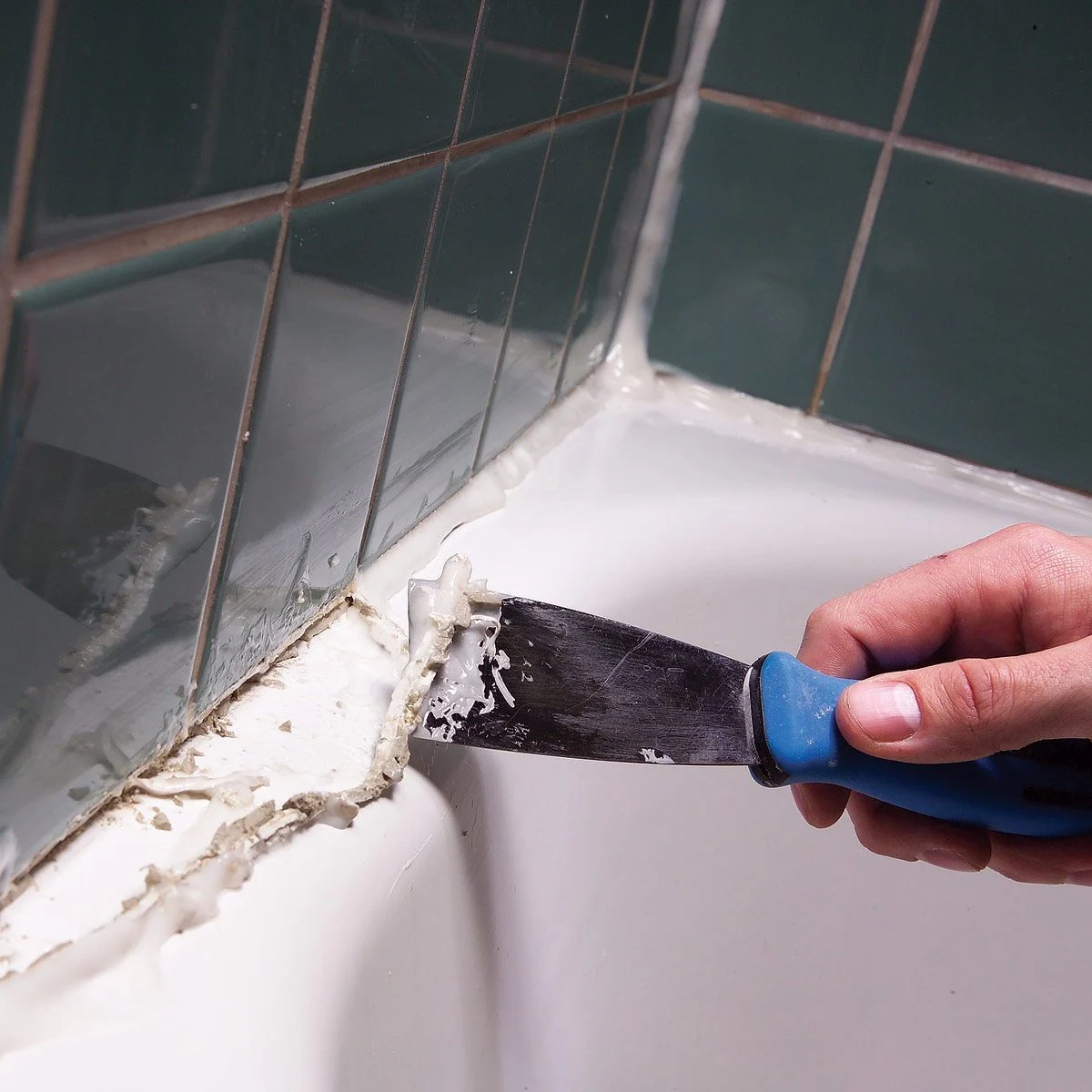
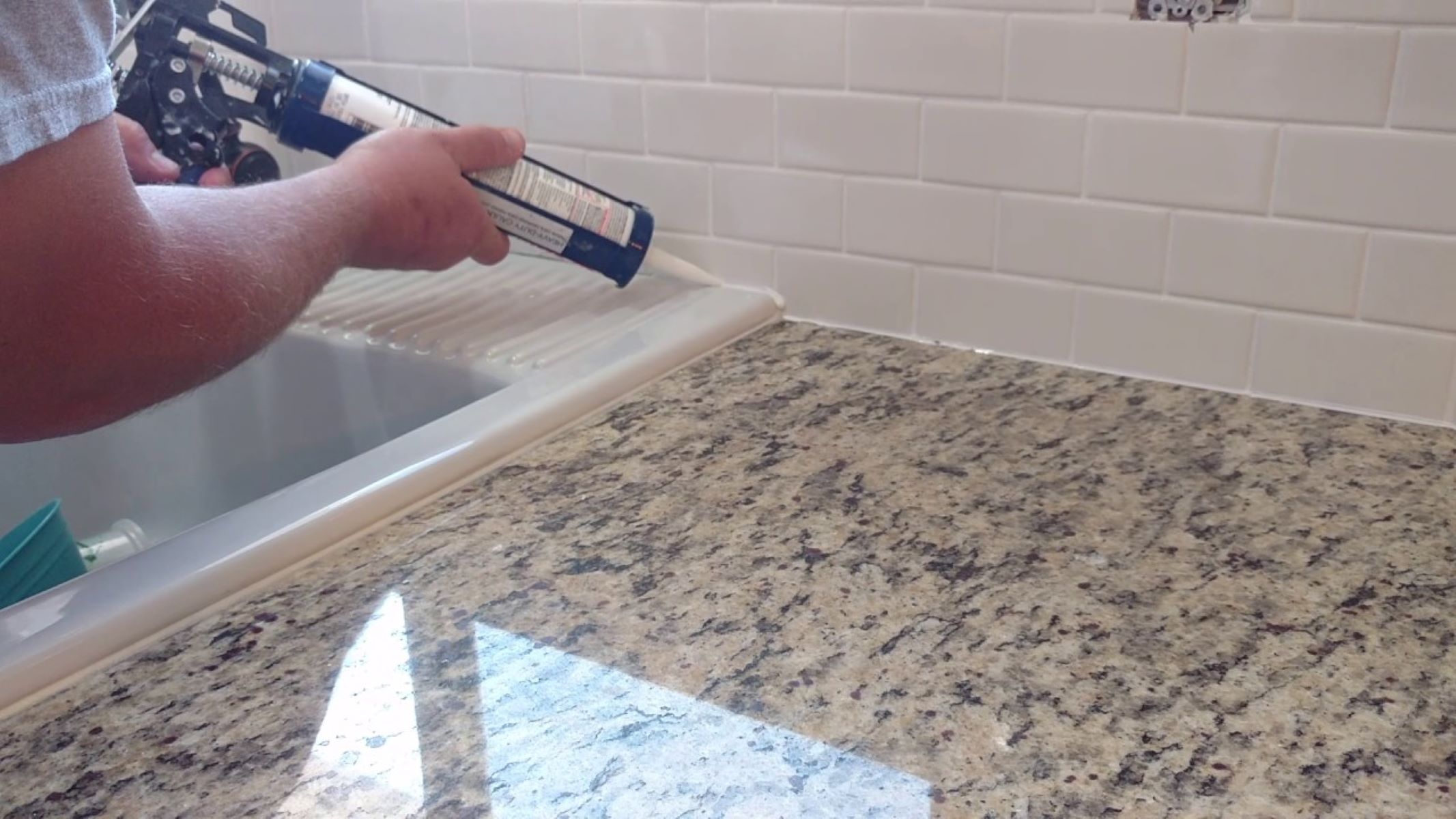
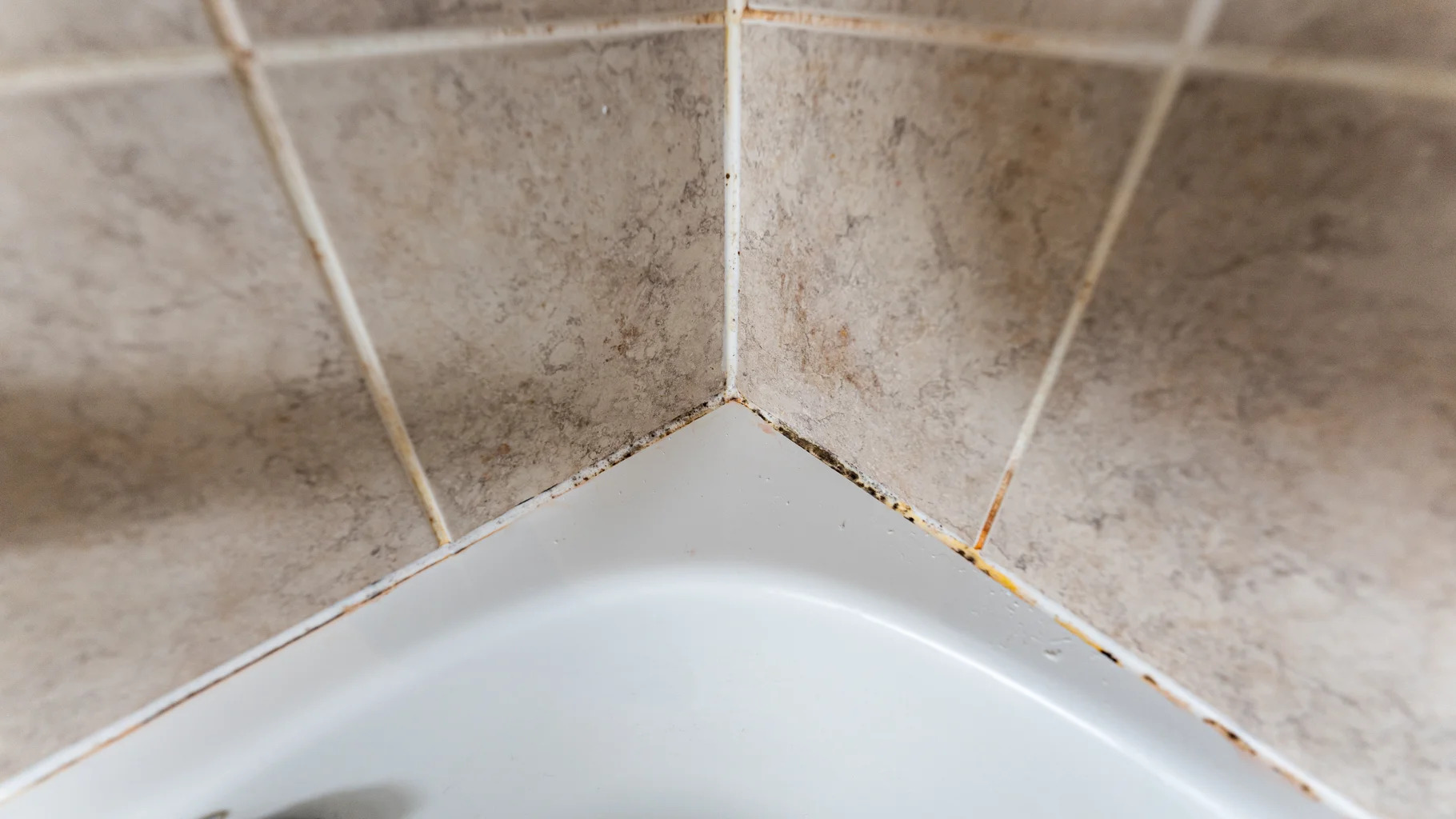
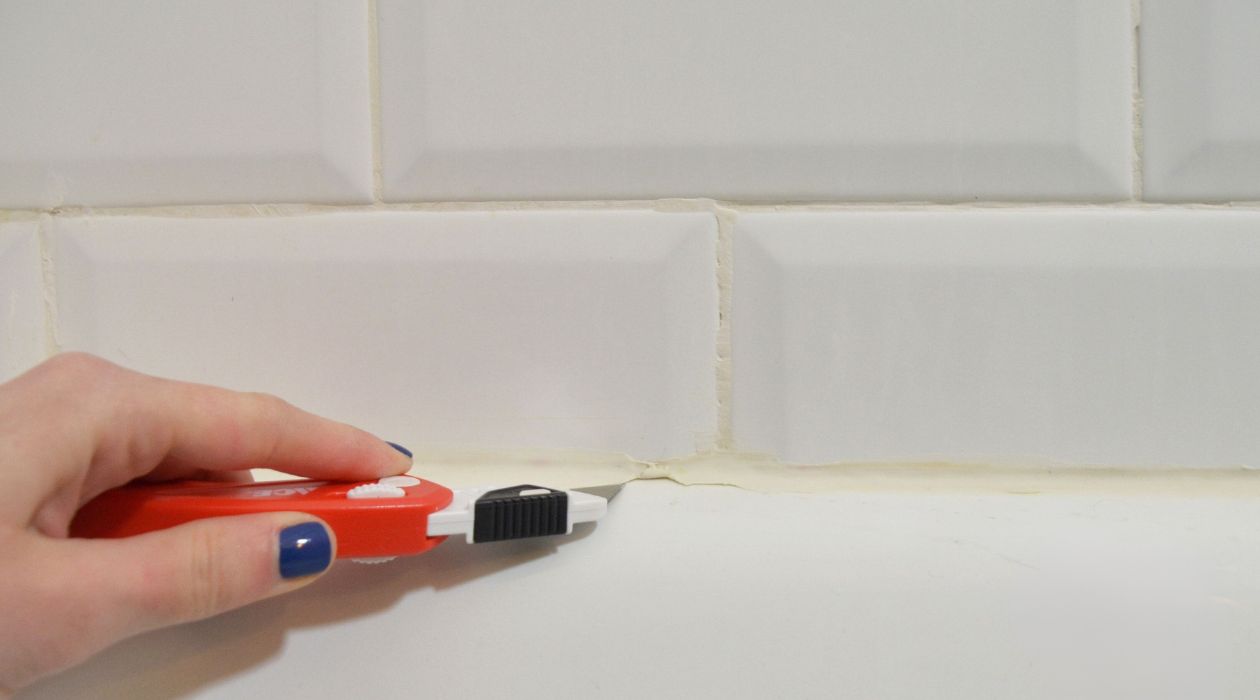

0 thoughts on “What Is The Best Caulk To Use On A Bathtub”